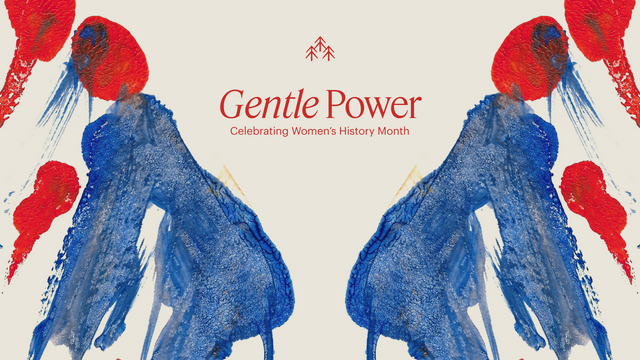
Humans are inherent social animals, and conversations are one of the many ways we interact every day.
In fact, conversations are gateways to creating deeper connections with those around us and better first impressions with those you have just met.
Although no two individuals- and therefore no two conversations- are exactly the same, we created this article in hopes that it will help you have more smoother conversations with those around you!
Profile your partner and
the aim of the conversation

Often, the way we converse will differ depending on who we are talking to and the different types of circumstances we are in.
For example, conversations you have with business partners would differ vastly from that with an old schoolmate.
Therefore, it is important that we first understand the aim of the conversation and what both (or multiple) parties want to get out of it.
Having understood the setting of the conversation, it is then helpful for yourself to profile your conversation partner.
• Are they a private person?
• Or are they someone who is an open book about their personal experiences?
• Could they be an introvert or are they more of an extrovert who enjoys directing and creating the conversation?
By profiling your partner with whatever information they provide, it can help you decide the direction in which you might steer the conversation to.
Create invitations
to converse and ask questions

We all want to avoid that awkward silence at the start of the conversation after the initial “Hello's" and "How are you's".
So instead of using unnecessary fillers like laughter and exclamations, start your conversations with open ended questions!
For instance, you could ask questions such as “What did you do over the weekend?”
Try to avoid close-ended questions such as “How was your weekend?” which may limit your conversation partner from expanding on their point.
Who knew these small tweaks in your questioning change the direction of your conversation so much?

Aside from that, you might also want to start with a more superficial question to avoid overwhelming or offending a private person.
It may feel like you are trying to pry even if you didn’t have the intent to!
In fact, in an exercise carried out by the Harvard Business School, it is found that a pair of conversation partners who ask a comfortable amount of questions are more likely to have a better conversation than those who ask very few.
Furthermore, asking follow up questions based on your partner’s answers can also be a fast and easy way to bring the conversation into a deeper level.
It would act as a free pass into their insights that will help you participate more meaningfully in the conversation.
Listen

How to pose the right questions, you ask? This is where active listening comes into the picture. Instead of listening to speak, try to understand what they are saying.
• Why are they saying such things?
• What are the main points being conveyed?
• How did they arrive at their conclusions?
By taking the time and effort to properly listen to your partner, it can translate into you trying to understand them. Believe it or not, your partner can definitely feel it!
Especially through both the way you reply and the points you are conveying. This shows them how you are genuinely interested in the conversation.
In this instance, action definitely speaks louder than words!
Be aware of your body language (and theirs)

On the topic of actions speaking louder than words, our body language can convey more thought than we can imagine!
The way our subconscious picks up on these body language cues may affect your state of mind more that you are aware of.
Thus, when making the first impression, be sure to remember to smile.
According to Van Natten in her book Image Scrimmage, eye contact and smiles (with eyes, and showing teeth) make us seem more trustworthy and will generate positive impressions of us by others.

By using our body language to our advantage, we can make the process easier for everyone involved!
For instance, if your conversation partner seems fidgety, that may be an indicator that they are uncomfortable with the topic that is currently being discussed.
With that, it may be best if you back off from that topic.
If they are leaning forward and towards you with eye contact on the other hand, that may be an indication that they are interested in the conversation.
Through monitoring your own body language and watching theirs, we will end up being more aware of catching social and body language cues that would help steer the conversation into more insightful grounds.
“Conversation is like a tango,
You give some, you get some.”
One of the reasons conversations are tricky is because conversations are fluid, and hard to predict.
After all, there isn’t an absolute framework in which you can memorise, and execute the conversation according to plan. People are not programmed to be the same!
However, one piece of good news from all of this is that conversation and state of minds can be practised so with time, we can all improve to be better conversation partners!
-
What are some memorable conversations for you? Let us know in the comments below or DM us on Instagram @mosseryco to share your stories!
Thank you to @elliholi for her lovely artwork!



Posted 06 March 2023 at 09:52 by HB
lovely article!